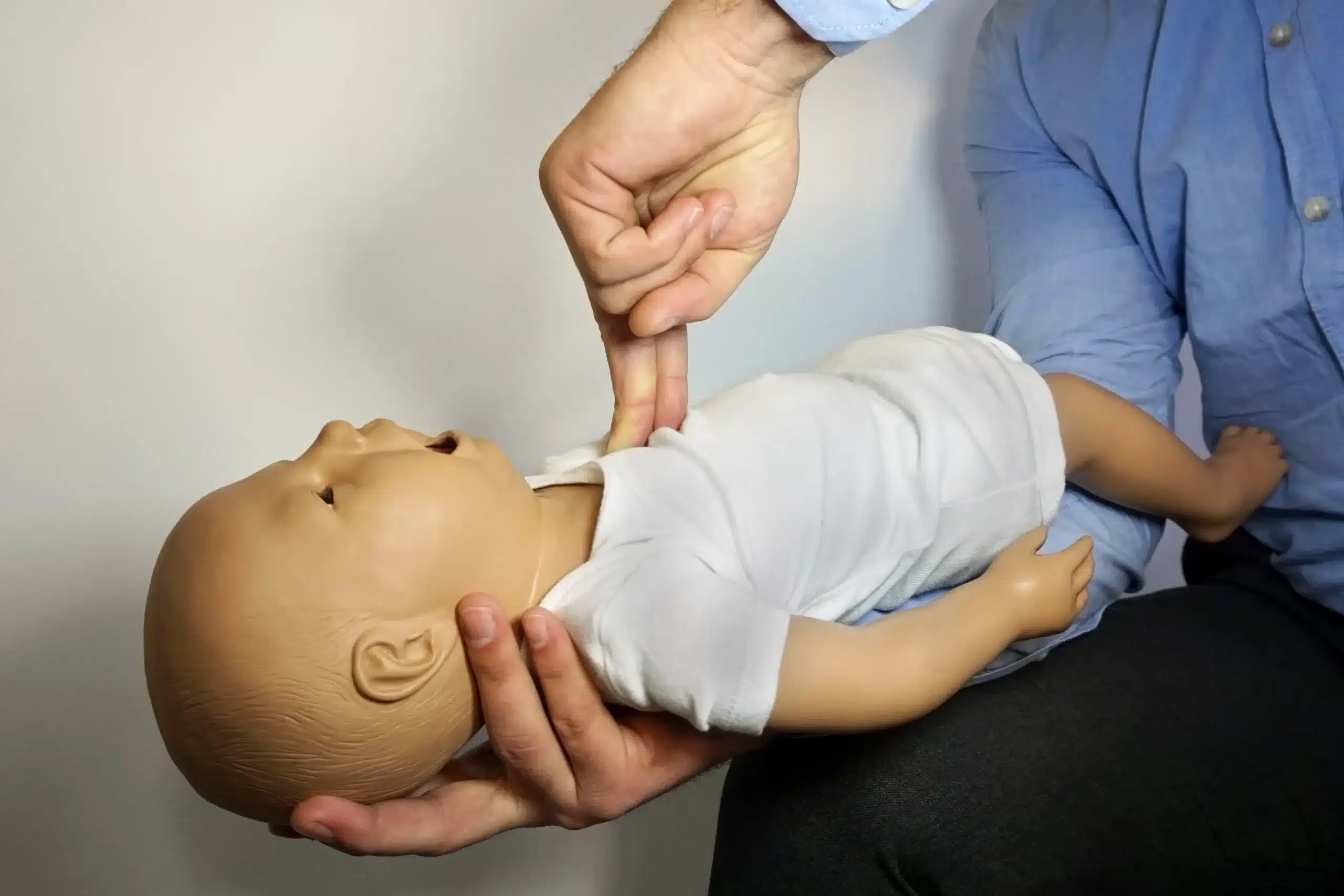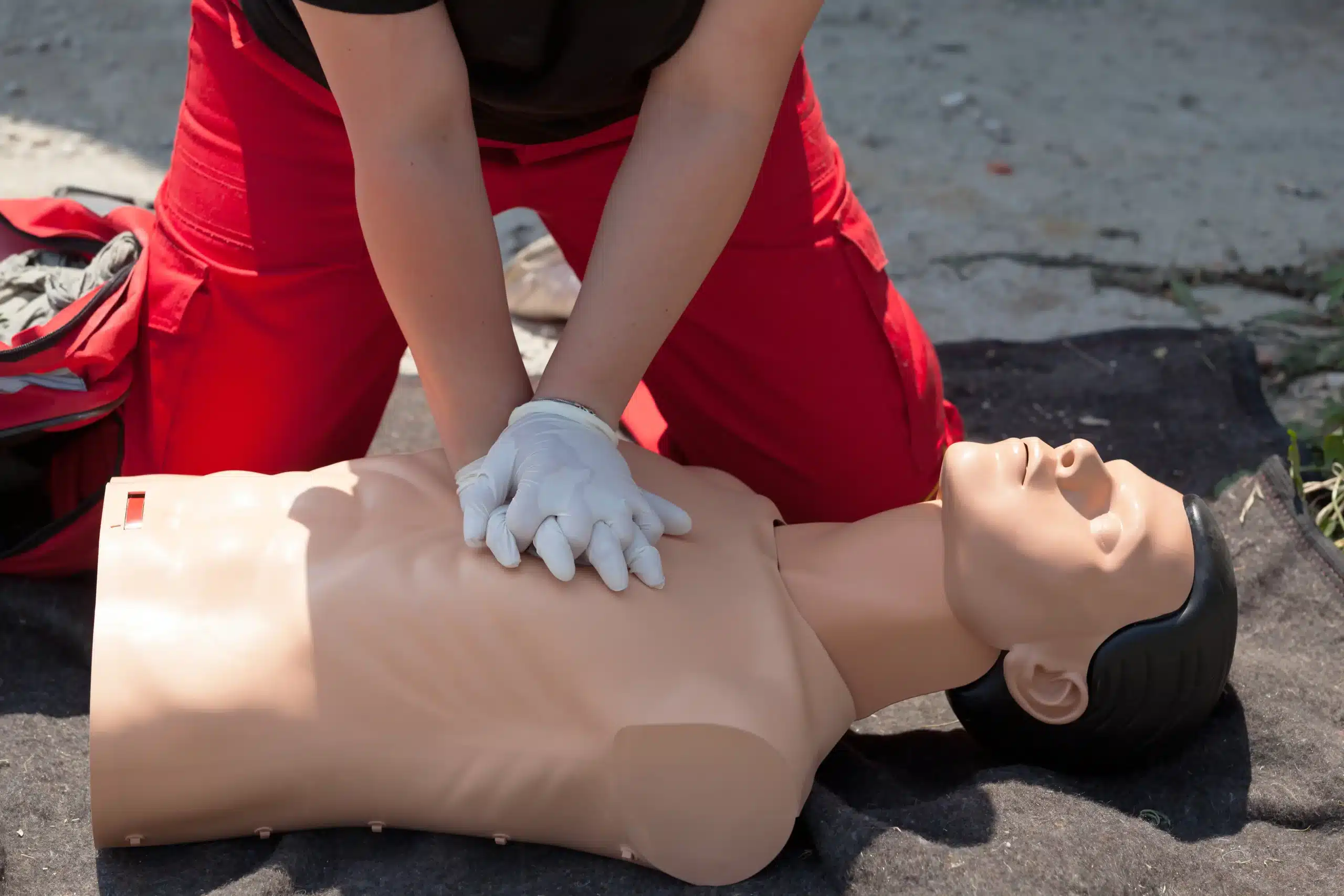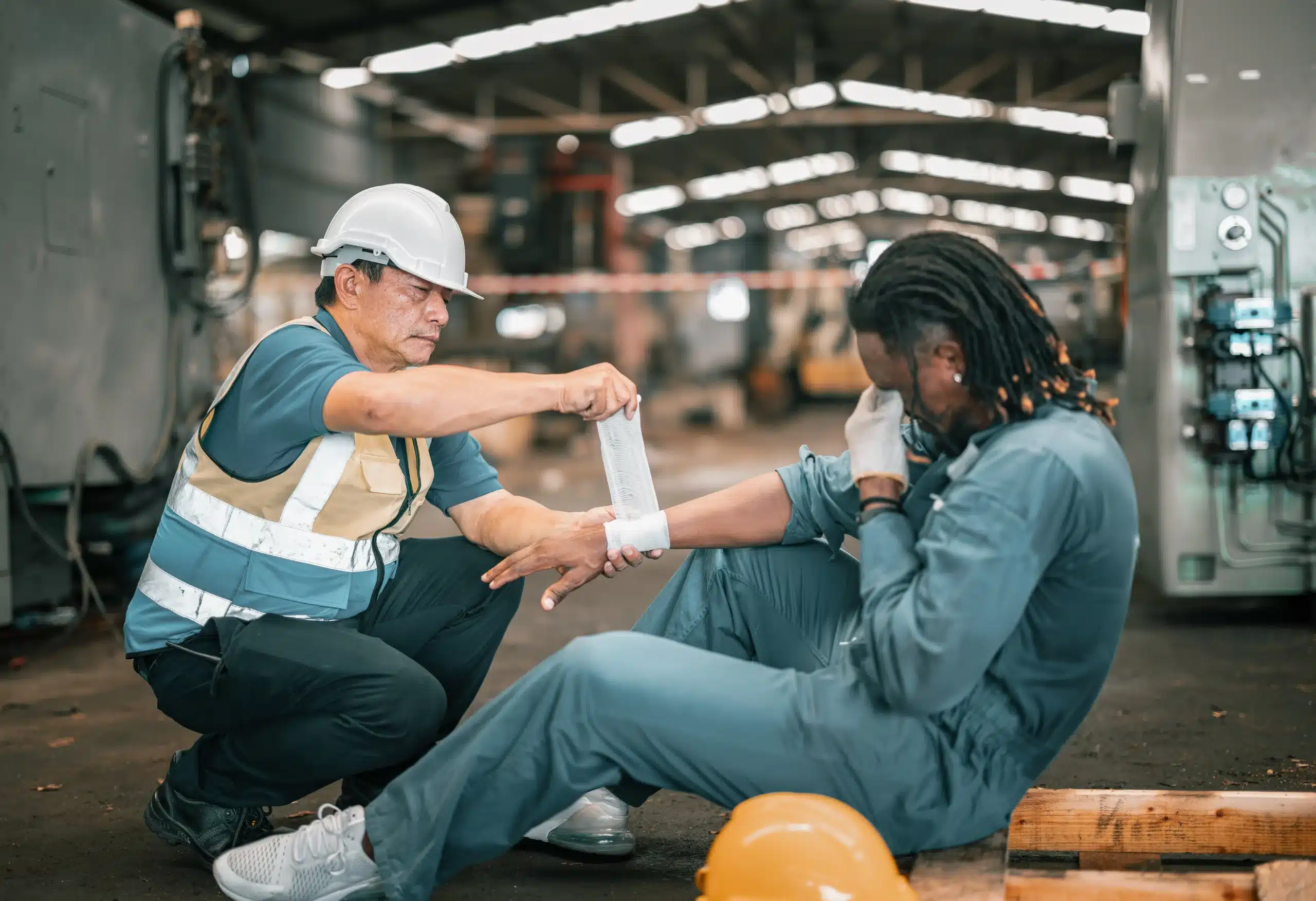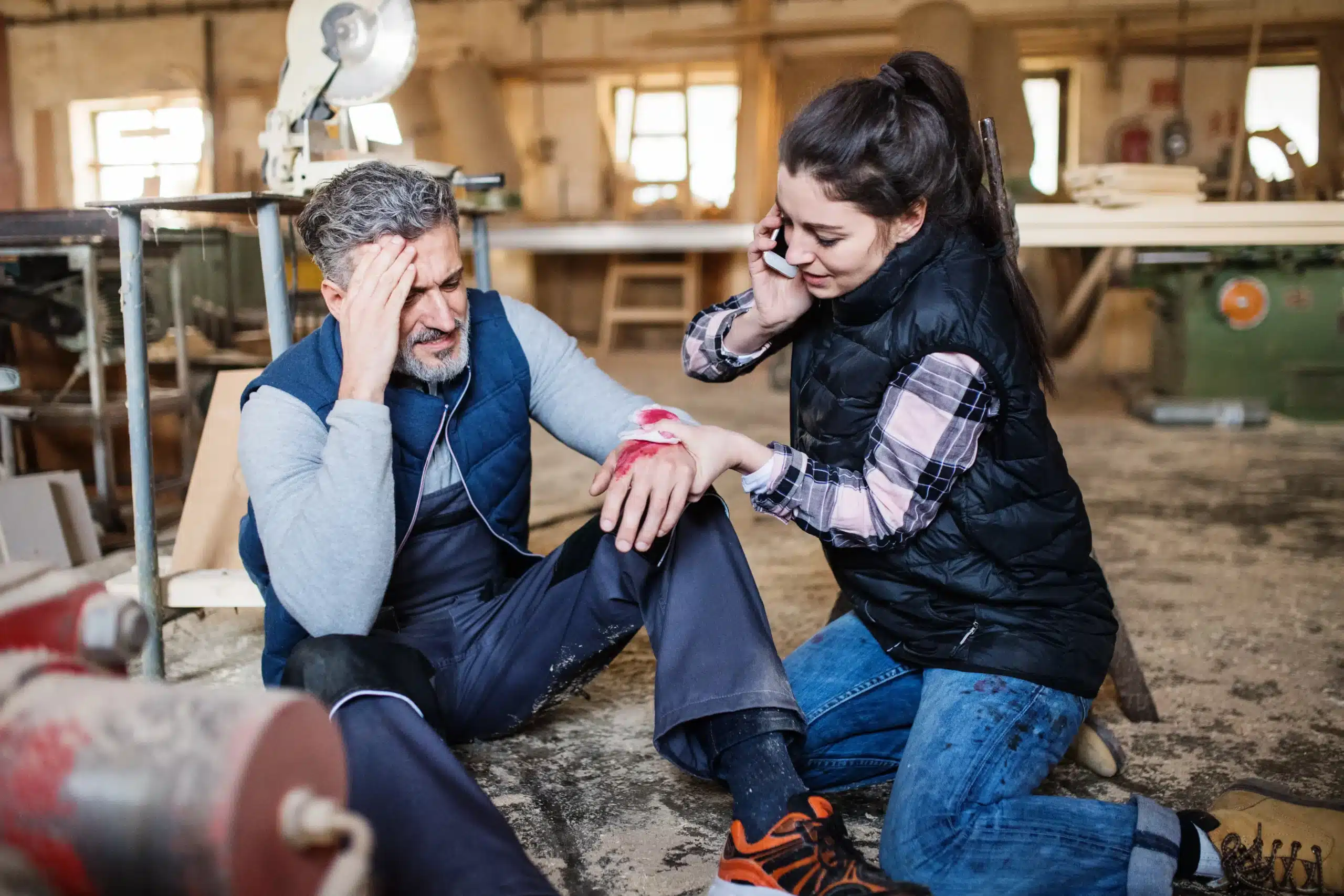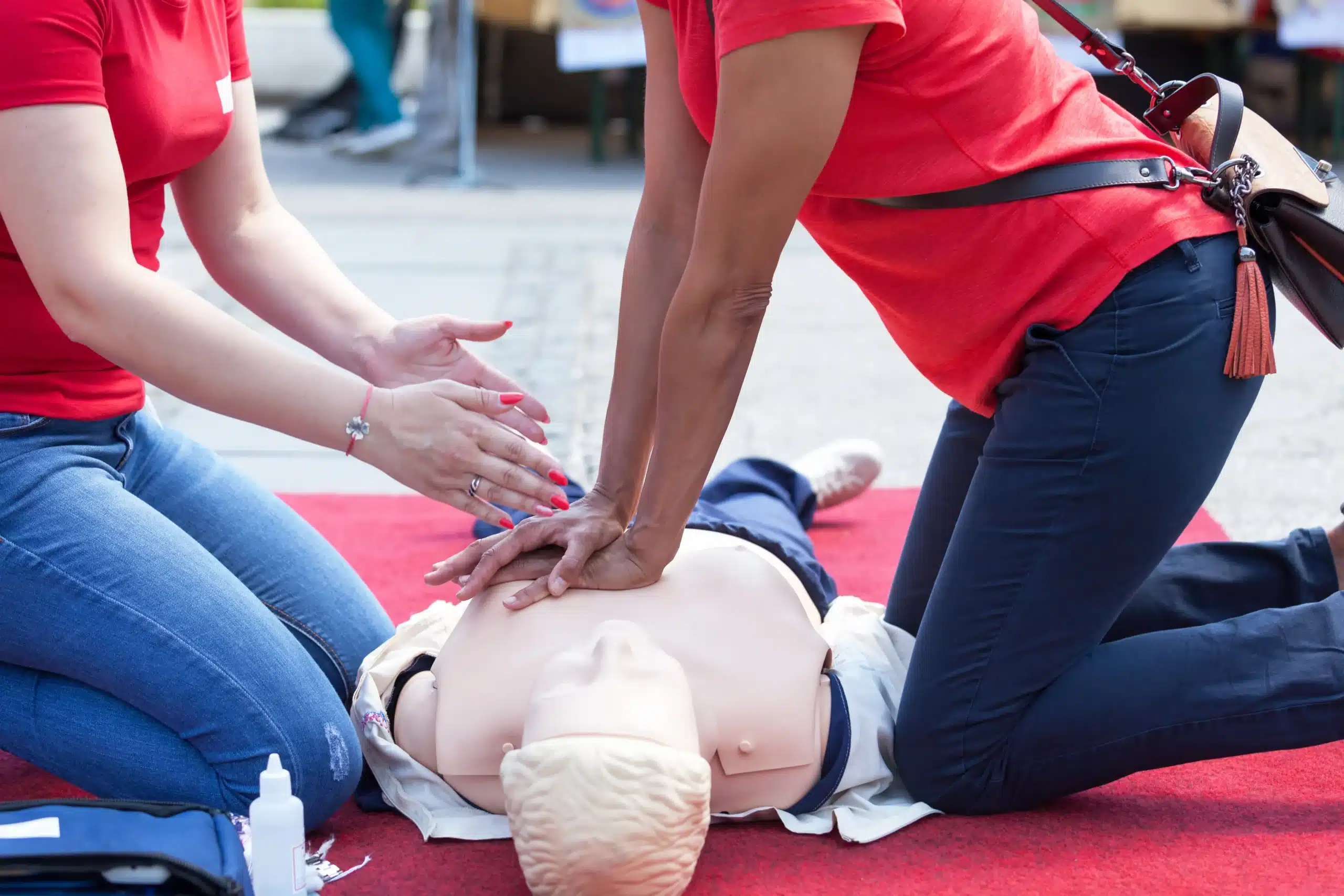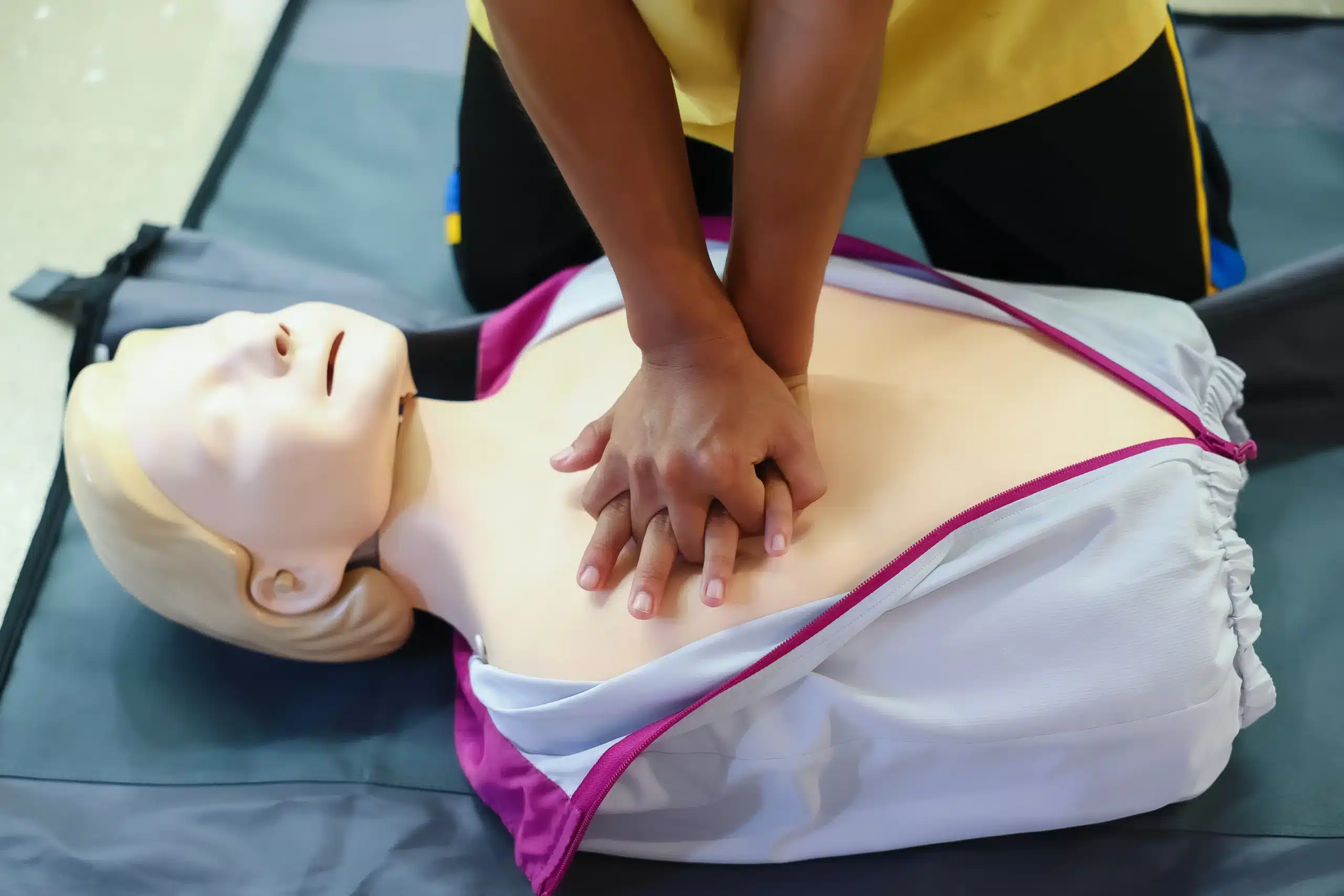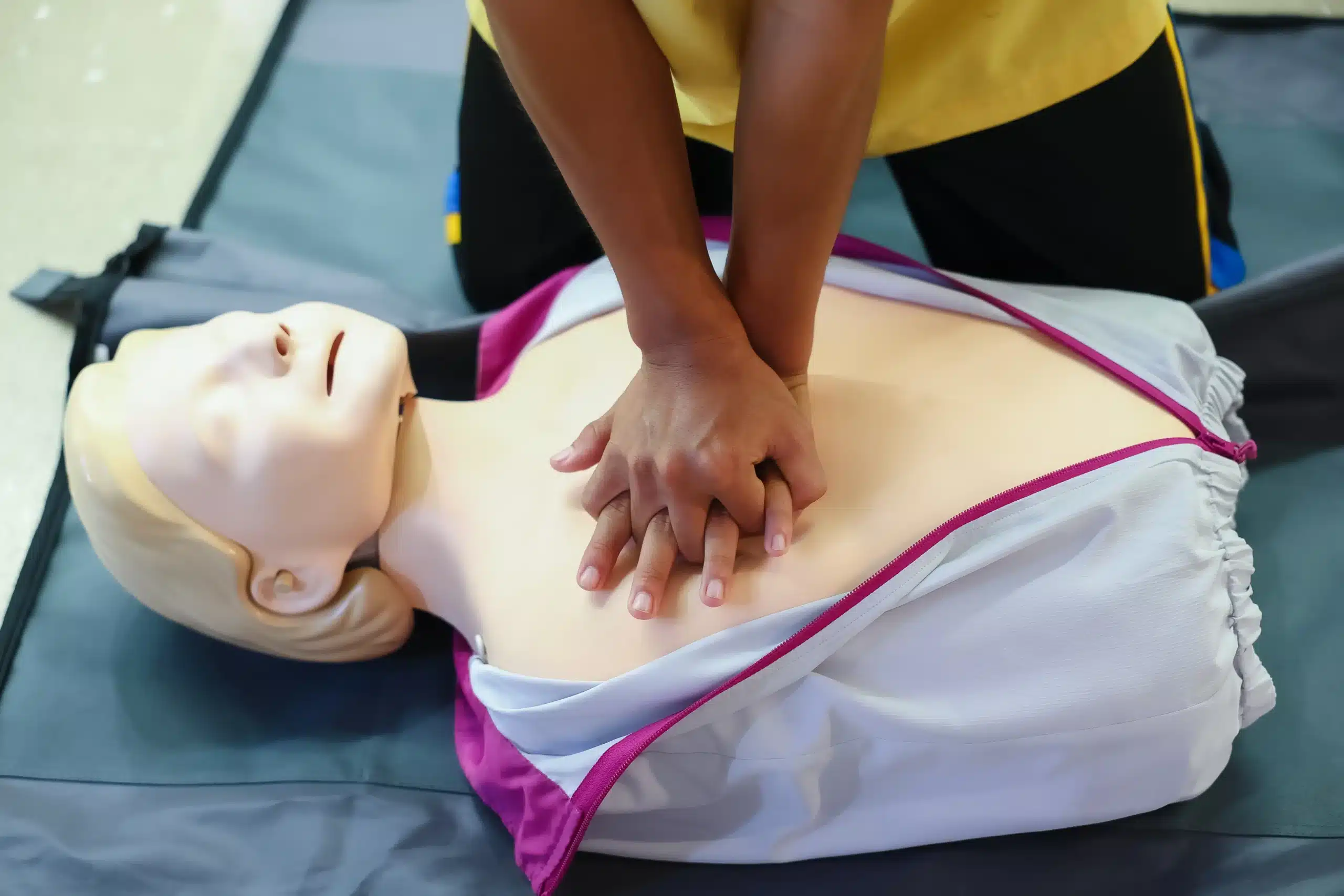CPR is a powerful tool that can bring someone back from the brink, but it’s also a procedure that involves applying force to the chest, leading many to wonder, can CPR break ribs? The answer is yes, it’s possible, and we’ll discuss why and how often this happens. However, it’s crucial to understand that the potential for a broken rib is a small price to pay when considering the alternative—the loss of a life. This article explores the delicate balance between performing effective CPR and minimizing potential harm. We’ll cover the mechanics of CPR, the reasons why rib fractures can occur, and the legal protections in place for those who bravely step up to help in emergencies. We’ll also delve into the ethical considerations surrounding CPR and the importance of prioritizing saving a life. Join us as we unpack this important topic and equip you with the knowledge and confidence to act decisively in critical situations.
Key Takeaways
- CPR is crucial for survival: While rib fractures are a potential risk during CPR, they are a secondary concern to saving a life. Don’t let this possibility deter you from taking action.
- Legal protections exist for CPR providers: Good Samaritan laws protect those who administer CPR in good faith, even if unintentional injuries occur. This encourages immediate action in emergencies.
- Confidence comes from training: Proper CPR training provides the skills and knowledge to perform compressions effectively and handle emergencies with confidence. Seek certified training to be prepared.
What is CPR and How Does it Relate to Rib Fractures?
CPR, or cardiopulmonary resuscitation, is a lifesaving technique used in emergencies when someone’s heartbeat or breathing has stopped. It’s a critical intervention that can maintain blood flow and oxygen to vital organs until professional medical help arrives. But how does it work, and why is there a risk of rib fractures? Let’s break it down.
How CPR Works
CPR involves chest compressions and rescue breaths. The chest compressions manually pump the heart, circulating blood throughout the body. These compressions are performed at a specific rate and depth to mimic the heart’s natural pumping action. Rescue breaths provide oxygen to the person’s lungs, which is then carried by the blood to the rest of the body. Learning proper CPR technique is essential for performing CPR effectively and safely. Our BLS course covers these techniques in detail. We offer CPR training in San Jose and surrounding areas.
Why Rib Fractures Can Happen During CPR
Rib fractures can sometimes occur during CPR due to the force required for effective chest compressions. Strong compressions are crucial for restarting the heart, and this necessary force can unfortunately lead to broken ribs. This is more likely to happen in older adults or those with underlying bone conditions. However, it’s important to remember that the primary goal of CPR is to save a life.
Debunking Misconceptions About CPR Injuries
While the possibility of rib fractures during CPR is real, it’s important to keep things in perspective. The potential for a rib fracture is a small price to pay when considering the alternative—loss of life. Understanding the relationship between CPR and potential rib fractures helps alleviate fear and promotes confidence in performing this crucial procedure. Our low price guarantee makes accessing this life-saving training even easier. We encourage everyone to become CPR certified—you never know when you might need to use it. We also offer the American Heart Association’s RQI program for healthcare professionals.
How Often Do Rib Fractures Occur During CPR?
CPR is a life-saving technique, but it’s important to understand that it can sometimes cause injuries like rib fractures. This section explores how often these fractures happen and why.
Are Rib Fractures Common During CPR?
Rib fractures are a known risk during CPR. While it’s never the goal, they are sometimes unavoidable due to the force needed for effective chest compressions. It’s a small price to pay considering the potential to save a life. Understanding this risk is important for anyone performing CPR. At Safety Training Seminars, we address these concerns in our courses, emphasizing the critical balance between effective compressions and minimizing potential harm. Check out our low price guarantee.
Rib Fracture Statistics During Resuscitation
Research indicates that rib fractures occur in around 55% of CPR cases. This statistic underscores how frequently this complication arises during resuscitation efforts. While this number might seem high, it’s crucial to remember the primary goal of CPR—to restore blood circulation and breathing. For healthcare providers needing to refresh their skills, our RQI program offers flexible training options. Learn more about rib fractures during CPR.
Factors Affecting Rib Fracture Likelihood
Several factors influence the likelihood of rib fractures during CPR. The age and physical condition of the person receiving CPR play a role. Older adults, for instance, often have more fragile bones. The strength and technique of the person performing CPR also contribute to the possibility of fractures. Proper training, like the courses offered at Safety Training Seminars, emphasizes correct hand placement and depth of compressions to minimize the risk while maintaining effective CPR. Our BLS course covers these techniques in detail. California childcare providers can also explore our EMSA-approved health and safety training, which includes CPR certification. You can find upcoming BLS courses in San Jose on our website.
Identify and Respond to Rib Fractures During CPR
It’s natural to feel apprehensive about the possibility of causing injury while performing CPR. This section helps you understand how to identify and address potential rib fractures during the process.
Spotting Potential Rib Fractures During Chest Compressions
While performing CPR, you might hear or feel a pop or crack. This could indicate a rib fracture, but it’s important to remember that this is a possibility during chest compressions. Other subtle signs may include a change in the chest’s resistance or a slight grating sensation. Don’t let these signs deter you; your primary focus should remain on delivering effective compressions. Knowing what to expect can increase your confidence in continuing CPR. For more in-depth information on CPR procedures and best practices, explore our BLS course offerings.
What to Do if You Suspect a Rib Fracture During CPR
If you suspect a rib fracture, the most important action is to continue CPR. Stopping compressions can drastically reduce the chances of survival. The goal is to maintain blood circulation and oxygen flow to the brain. When emergency medical services arrive, inform them about the potential rib fracture. They have the training and equipment to manage the situation while continuing advanced life support. Our CPR classes in San Jose provide hands-on training to equip you with the skills and confidence to handle such situations. We also offer training for childcare providers in California covering essential health and safety topics.
Why You Should Continue CPR Despite Potential Injuries
Although the possibility of rib fractures might be concerning, it’s crucial to prioritize the person’s life. Rib fractures during CPR are often a consequence of the necessary force required for effective compressions. While causing any injury is never ideal, the alternative—not performing CPR—carries a significantly greater risk. The chance of survival decreases dramatically with each minute without CPR. Remember, the purpose of CPR is to maintain vital functions until professional help arrives. Learn more about the importance of immediate action in our RQI program for healthcare providers. We also offer a low price guarantee on all our courses, making life-saving training accessible to everyone.
Weighing the Benefits and Risks of CPR
CPR is a life-saving technique, but it’s normal to have some concerns about the procedure. This section addresses common questions and clarifies the balance between the benefits and potential risks.
Saving Lives vs. the Risk of Rib Fractures
It’s common to worry about causing harm, such as breaking ribs, while performing CPR. However, acting quickly is crucial. Yes, rib fractures can happen due to the pressure needed for effective compressions. This article explains CPR and rib fractures in more detail. However, the goal of CPR is to maintain blood flow to the brain and heart, giving someone a chance to survive. A broken rib is a serious but treatable injury, while cardiac arrest without CPR is often fatal. Saving a life outweighs the risk of rib fractures.
Long-Term Outcomes for CPR Recipients with Rib Fractures
It’s natural to feel apprehensive about causing injury during CPR. It’s important to remember that the priority is saving a life. Rib fractures represent about 12% of total fractures in patients. This statistic helps put the risk in perspective. The possibility of a few broken ribs shouldn’t prevent you from performing CPR. Ultimately, immediate CPR significantly increases the chances of survival and long-term recovery.
Addressing Concerns About Causing Harm During CPR
Learning about CPR and the potential for rib fractures can ease your concerns and build confidence. Hesitation can cost precious time in an emergency. This article discusses the potential risks associated with CPR, empowering you to act decisively. Trust your training and approach CPR with the confidence that you’re doing everything possible to help. This resource offers additional information on the importance of confident action during CPR. Our CPR courses at Safety Training Seminars in San Jose can help you gain the skills and confidence to provide effective assistance in emergencies. You can explore our BLS certification course for more information. We also offer a range of other courses, including BLS courses in San Jose. We even have a low price guarantee!
Legal Protection and Ethical Considerations for CPR
CPR can be a life-saving intervention, but it also carries the potential for unintended consequences, such as rib fractures. This naturally raises questions about liability and the ethical implications of performing CPR. Understanding the legal protections in place and the ethical principles guiding CPR can empower you to act confidently in emergencies.
Good Samaritan Laws Explained
Good Samaritan laws exist to protect individuals who voluntarily provide aid in emergency situations. These laws shield rescuers from legal liability if they act in good faith, meaning they are genuinely trying to help, and without gross negligence, meaning they aren’t acting recklessly or with intentional disregard for the person’s safety. Essentially, these laws recognize that in the heat of the moment, things might not go perfectly, and they encourage people to step up and help without fear of lawsuits. You can learn more about these crucial protections through resources like Falcon CPR, which offers valuable insights into the relationship between CPR and rib fractures. Remember, these laws are designed to support those who choose to act in the face of an emergency.
How Good Samaritan Laws Apply to CPR
Specifically regarding CPR, Good Samaritan laws offer critical reassurance. They acknowledge that rib fractures can sometimes occur during CPR, even when performed correctly. The priority in these situations is to save a life, and the law recognizes that the potential benefits of CPR far outweigh the risk of accidental injury. Resources like CPR Classes Jacksonville provide further information on how these laws support rescuers and encourage bystander intervention. Knowing you’re legally protected can give you the confidence to act quickly and decisively when every second counts. This legal backing allows you to focus on providing immediate assistance without hesitation.
Ethical Considerations When Performing CPR
Beyond the legal aspects, there are important ethical considerations when performing CPR. The core principle is beneficence—acting in the best interest of the person needing help. This means that even if there’s a risk of causing injury, like a broken rib, the potential to save a life takes precedence. It’s a difficult but crucial ethical balance to strike. Websites like CPR Chesapeake offer a helpful perspective on weighing the risks and benefits of CPR in these critical moments. Ethically, it’s about focusing on the greater good and doing everything you can to give someone a fighting chance, even if it means accepting the possibility of unintended consequences. Your willingness to act could make all the difference.
Perform CPR Effectively and Safely
Knowing how to perform CPR correctly and confidently can make all the difference in an emergency. This section covers essential techniques and highlights the importance of training.
Correct Hand Placement and Compression Techniques
Proper hand placement is fundamental for effective CPR. Position the heel of one hand on the center of the chest, with the other hand on top, interlacing your fingers. This ensures direct pressure on the heart, maximizing blood flow. Aim for a compression depth of at least two inches for adults and about two inches for children, allowing for complete recoil between compressions. Consistent, rhythmic compressions are key to maintaining circulation. For more detailed guidance, consult the American Heart Association’s guidelines on CPR.
The Importance of CPR Training and Certification
Formal CPR training provides the skills and knowledge to perform compressions effectively and handle emergencies confidently. A structured course, like those offered at our San Jose location, covers essential techniques, addresses common concerns like rib fractures, and reinforces the importance of acting quickly. Certification demonstrates your proficiency and provides reassurance in a crisis. We offer a range of courses, including BLS for healthcare providers. Check our low price guarantee.
Build Confidence Through CPR Education and Practice
Understanding the mechanics of CPR, including the possibility of rib fractures, can boost your confidence. Knowledge empowers you to act decisively when every second counts. Regular practice reinforces the skills learned in your CPR training and builds the confidence needed to respond effectively under pressure. Our courses emphasize hands-on practice and provide the support you need to master these life-saving techniques. We also offer specialized courses such as EMSA Health, Safety, and Lead Poisoning for childcare providers in California. For healthcare professionals seeking to maintain their resuscitation skills, we offer the RQI program.
Related Articles
- Why CPR is Crucial in Saving Lives
- CPR Training in Sunnyvale: Your Certification Guide – San Jose CPR Classes
- CPR Classes in San Jose: Your Complete Guide – San Jose CPR Classes
- CPR Certification San Jose: Your Complete Guide – San Jose CPR Classes
- The Importance and Impact of Bystander CPR in San Jose, CA
Frequently Asked Questions
Is it really possible to break someone’s ribs while performing CPR? Yes, rib fractures can occur during CPR due to the force needed for effective chest compressions. While it’s not the intention, it’s a known potential side effect. However, it’s crucial to remember that the primary goal of CPR is to save a life, and prompt action is essential, even with this risk.
I’m worried about getting sued if I break someone’s ribs doing CPR. Am I protected? Good Samaritan laws are designed to protect individuals who voluntarily provide aid in emergencies, including CPR. These laws generally shield you from liability for injuries like rib fractures that may occur while you’re acting in good faith and not being reckless.
How often do rib fractures happen during CPR? Should this deter me from helping? Studies suggest rib fractures occur in a significant percentage of CPR cases. While this might seem concerning, it shouldn’t discourage you from performing CPR. The alternative—not performing CPR—has far more dire consequences. Proper training can help minimize the risk of rib fractures while ensuring effective compressions.
What should I do if I think I’ve broken someone’s ribs while performing CPR? If you suspect a rib fracture during CPR, the most important thing is to continue compressions. Stopping CPR significantly reduces the chances of survival. Inform emergency medical personnel when they arrive, and they can address the fracture while continuing advanced life support.
Where can I get CPR training and certification to feel prepared for these situations? Several organizations offer CPR training and certification, including the American Heart Association and the American Red Cross, as well as independent training centers like Safety Training Seminars. Look for a course that provides hands-on practice and covers essential techniques, including how to respond to potential complications like rib fractures. Safety Training Seminars offers various CPR courses, including BLS, ACLS, and PALS, in San Jose and surrounding areas.


